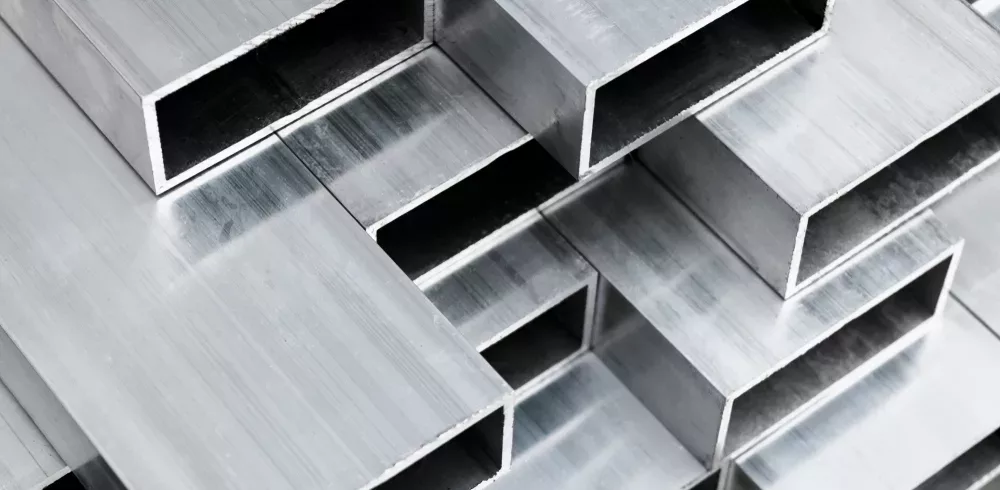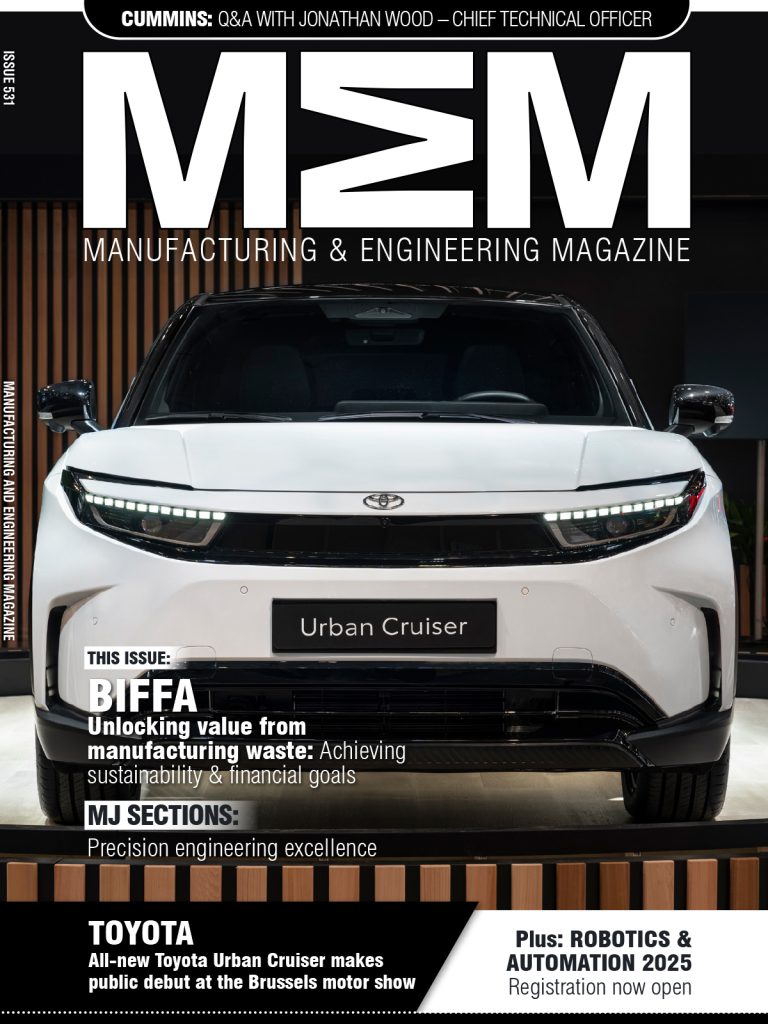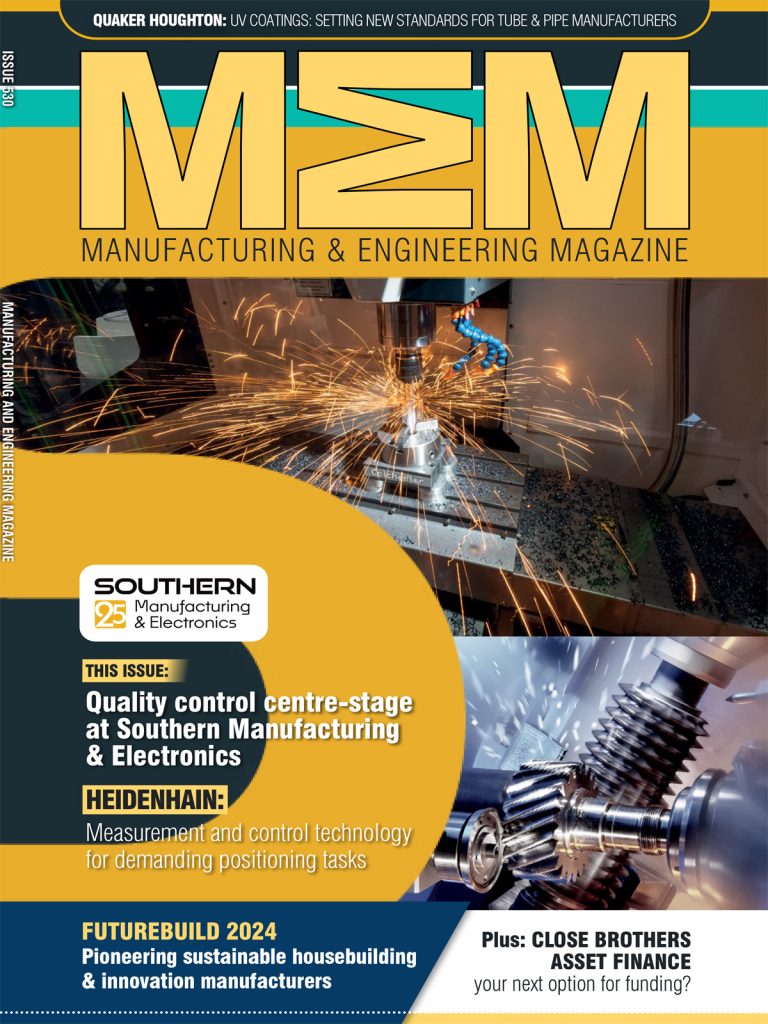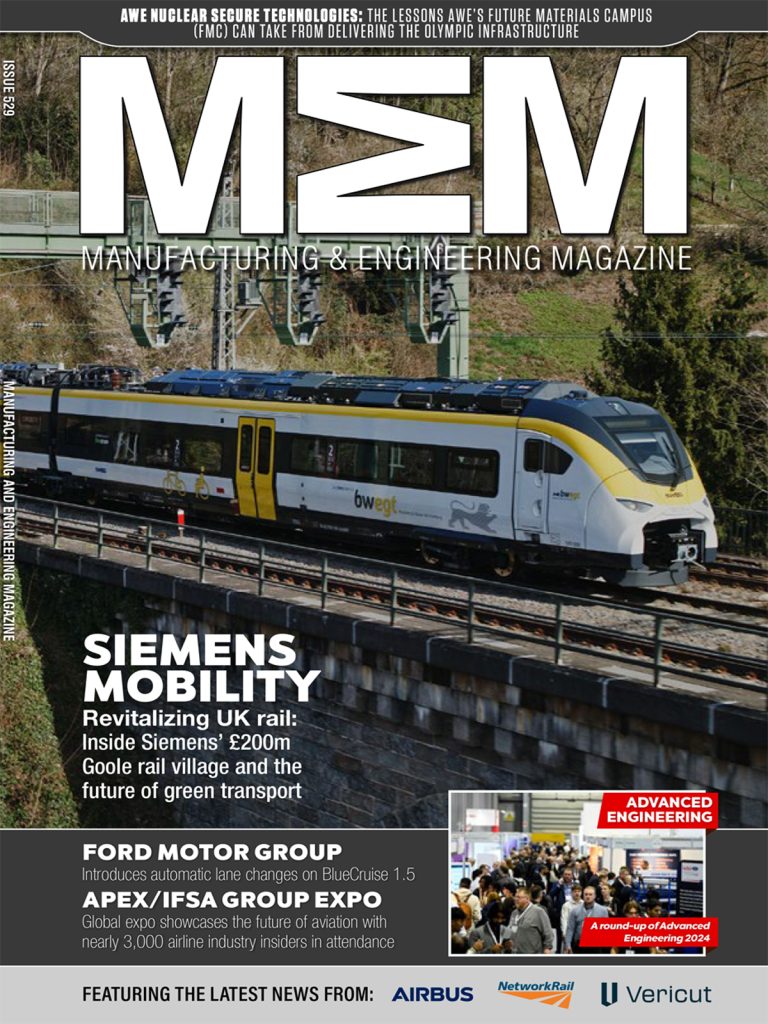Aluminium is a base element, number 13, and has been around for thousands of years. In the late 1800s, it was the most expensive metal in the world, and considered a poor building material.
However, the discovery of a cheaper manufacturing process, and also strong alloys which were lighter than steel, completely changed the face of manufacturing in the early 20th century.
In the late 1800s, Charles Martin Hall and Paul Hroult, working independently of each other, discovered a new technique for making aluminium, based on electrolysis, which turned it from one of the most expensive metals in the world into one of the cheapest.
Around 20 years later, in 1909, a German named Alfred Wilm discovered a process to create an alloy of aluminium which was stronger than the pure metal. The technique was called age hardening, and it produced the alloy duralumin, which saw widespread use as a building material.
Duralumin was used in countless applications, and totally changed early 20th century industry. It allowed airplanes to be built stronger and larger; buildings could be built higher, and power lines further apart.
The first aeroplane flight, made by the Wright brothers in 1903, used a car engine made specially with all aluminium parts. The Empire State building, the tallest in the world until 1970, was built in 1931, and was the first to use aluminium widely in its construction, in both the basic structures and the interior.
Aluminium also became popular for houseware, quickly and almost entirely replacing copper and cast iron utensils as they are light, heat up and cool down quickly, and do not rust.
In 1907, Robert Victor Neher invented the method for continuous aluminium rolling foil production in Switzerland, and launched the first foil rolling mill in 1910. In 1911, Tobler began to use the foil to package chocolate, and still package their famous Toblerone bars in it today.
In 1920, a group of Noprwegian scientists managed to make the Hall-Hroult method even cheaper, using continuous electrodes, known as the Soderberg process. This was quickly adopted worldwide.
WW2 brought aluminium to the forefront once more, with aviation, tank, and automotive engine manufacture pushing the allies’ aluminium production to its capacity. Joseph Stalin, the leader of the USSR, wrote to Franklin Roosevelt, the President of the USA, in 1941: ‘Give me 30 thousand tonnes of aluminium, and I will win the war’.
The first satellite, made by the USSR, was made of aluminium, and launched in 1957; a year later, the iconic aluminium can emerged in the USA, holding Coors beer. Coors and Kaiser teamed up to organise the collection and recycling of empty cans. Coca-Cola and Pepsi began to use the cans in 1967.
The industry has continued to grow, with forecasts predicting that the demand for aluminium will exceed 80 million tonnes by 2023.
Manufacturing & Engineering Magazine | The Home of Manufacturing Industry News














